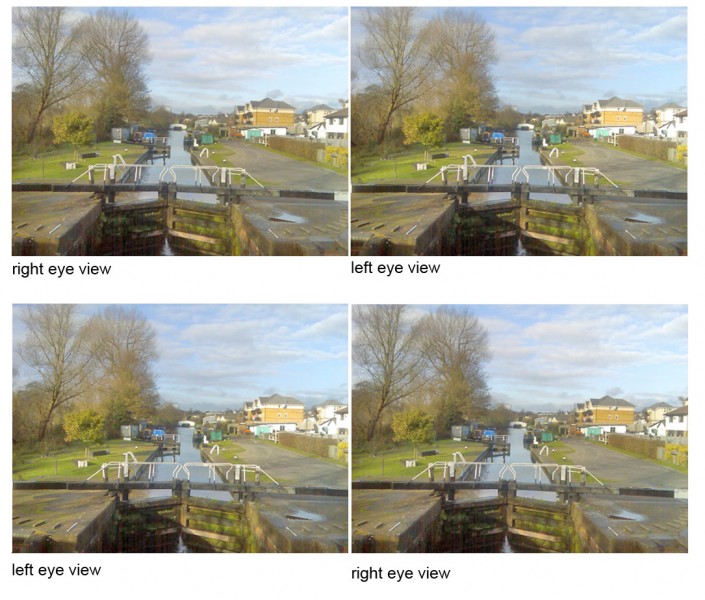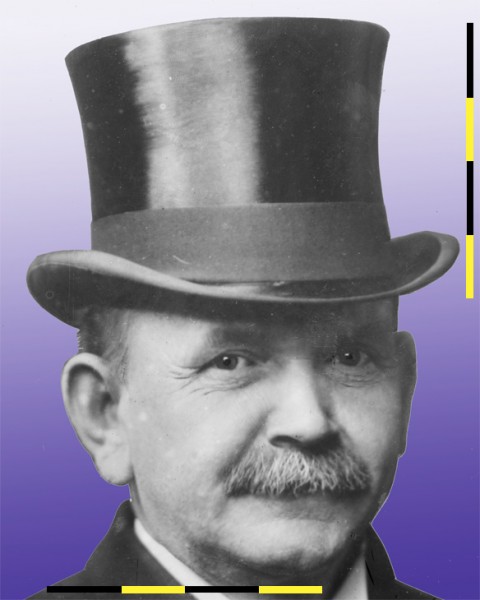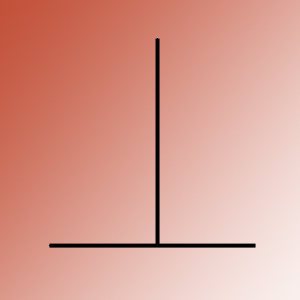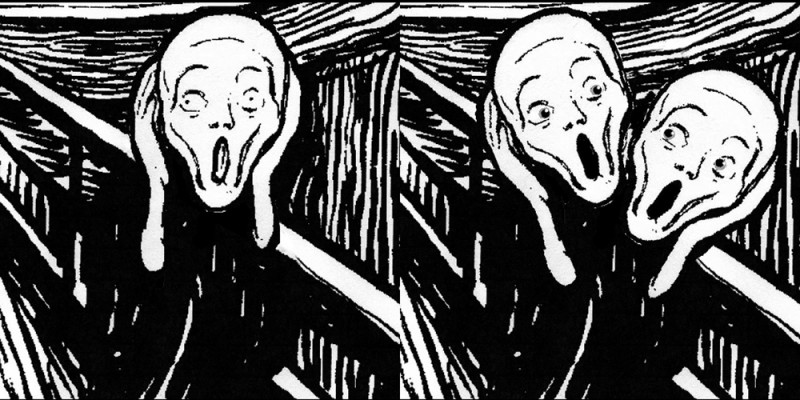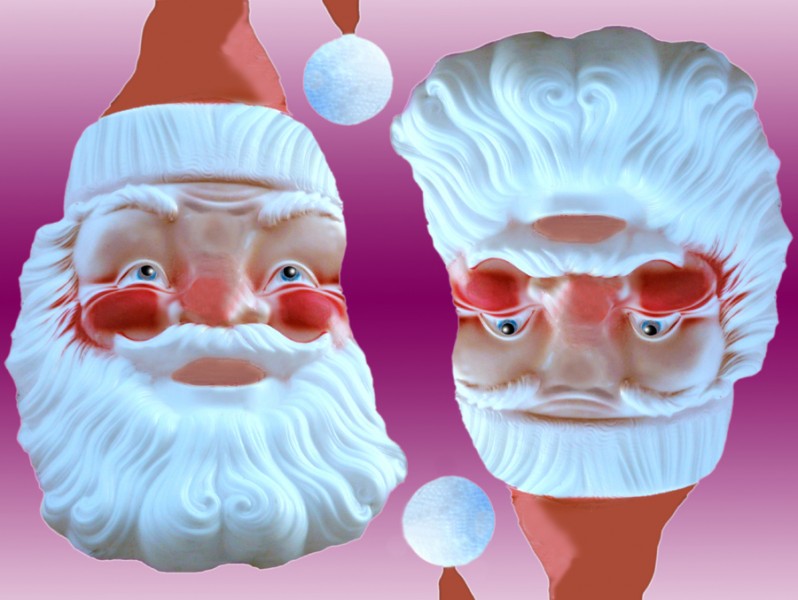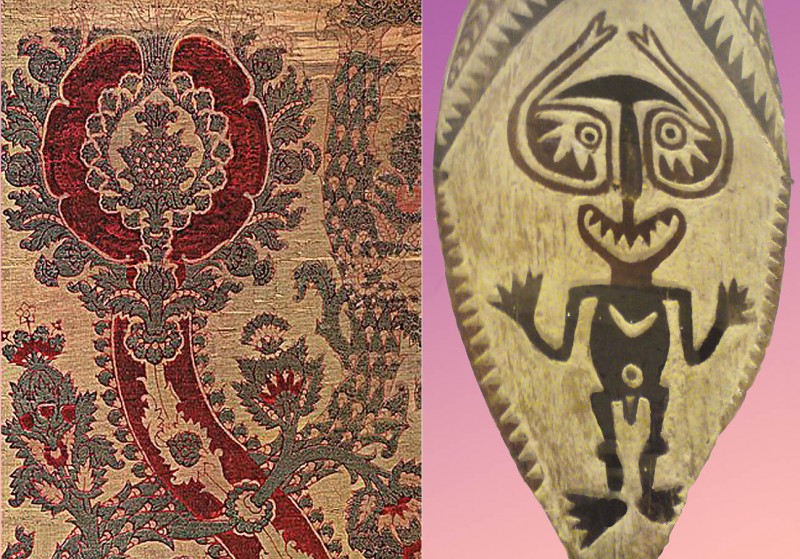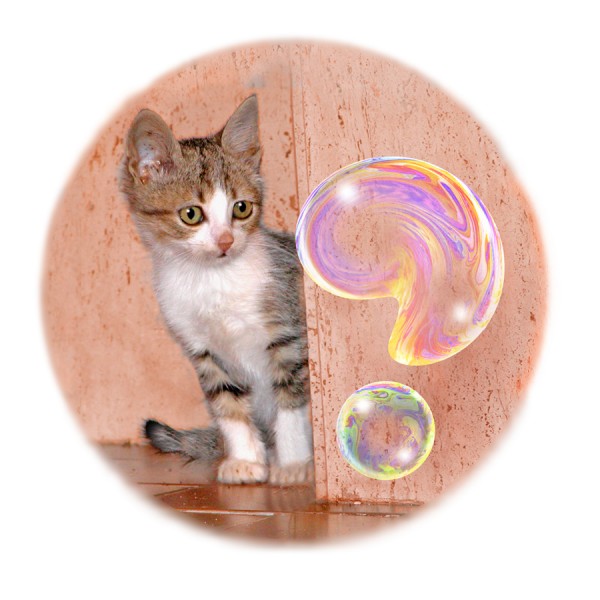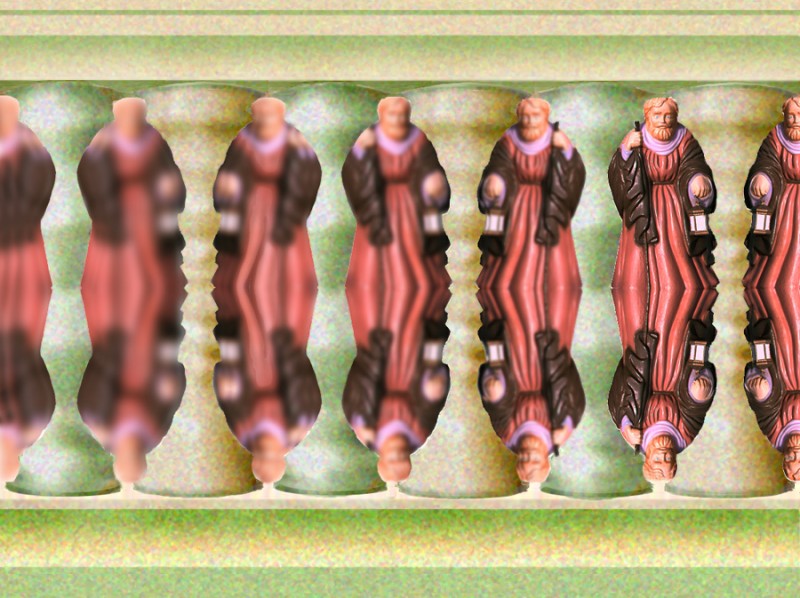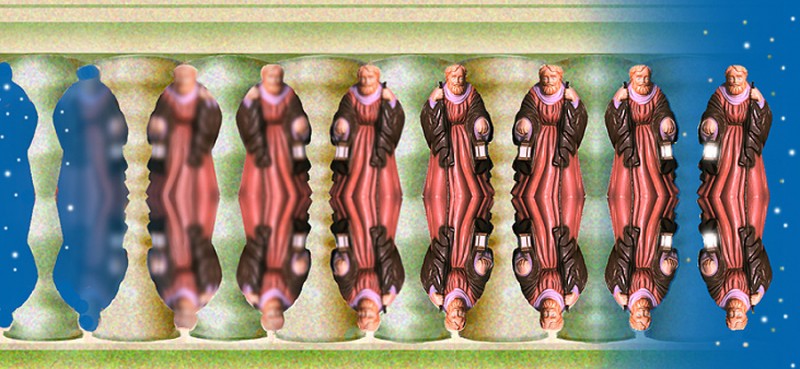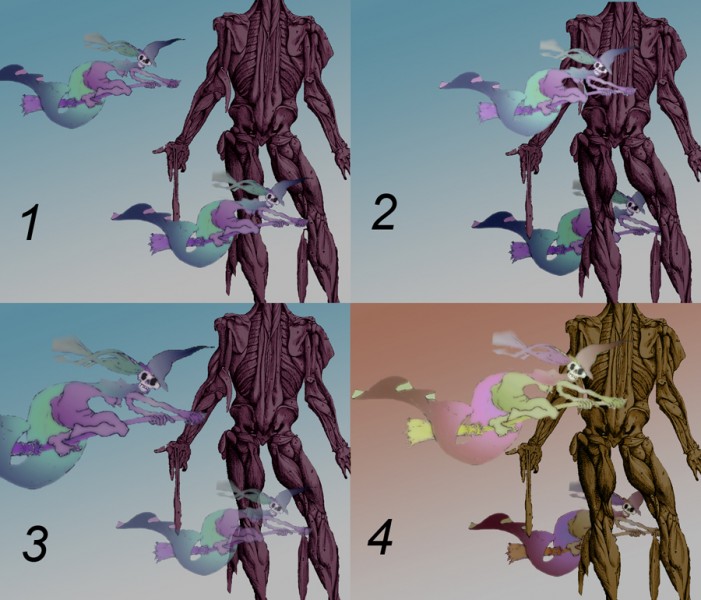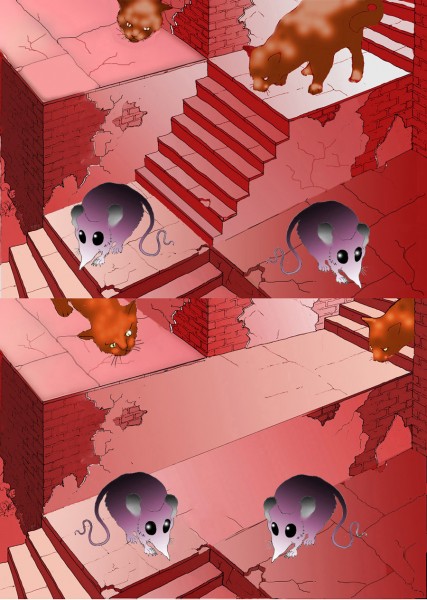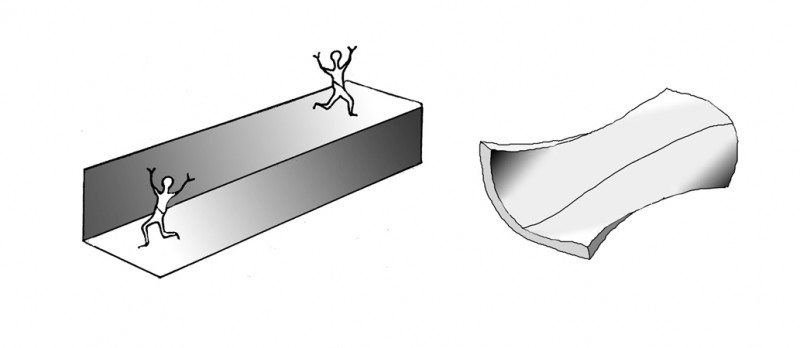We all know why stereo picture pairs give rise to a vivid illusion of 3D, don’t we? It’s because they imitate the way that our brains, if we are lucky enough to have normal vision, take advantage of the slight differences in viewpoint from our two eyes. We grow up hard wired with brain cells that look out for similarities in patches in the field of view of each eye that are just slightly displaced from one another. So if you rewired the brain, so that the left eye sees what the the right eye should, and vice versa, you’d see all the depth effects reversed, wouldn’t you? Well, no, in fact, not necessarily. Look at these picture pairs of a canal lock, near where I live, just north of London in the UK.
If you haven’t yet aquired the knack of viewing stereo picture pairs without a viewer, try this tutorial. You’ll easily find other guides by searching on “viewing 3d pictures” and similar phrases.
These pairs show a scene with the viewpoint from right and left preserved (lower pair) and reversed (upper pair). And yet both pairs give (for me) a fairly normal illusion of depth. One pair works better than the other. Usually, when viewing stereo picture pairs without a special viewer, the arrangement as in the upper pair above works best. (More on that below). So which pair looks better can depend on which technique you have used to view the pictures. But the fact that both pairs give an illusion of depth at all is remarkable.
